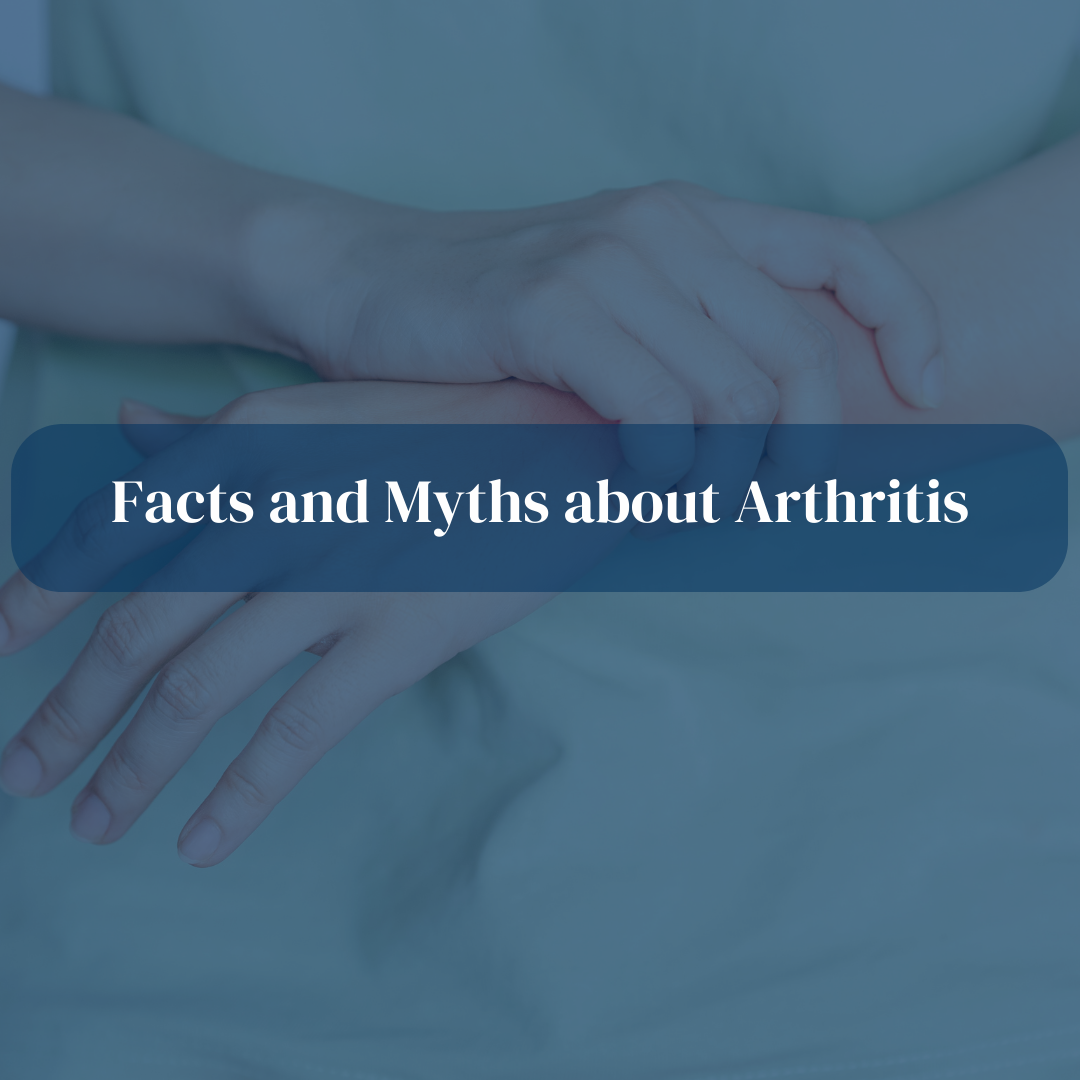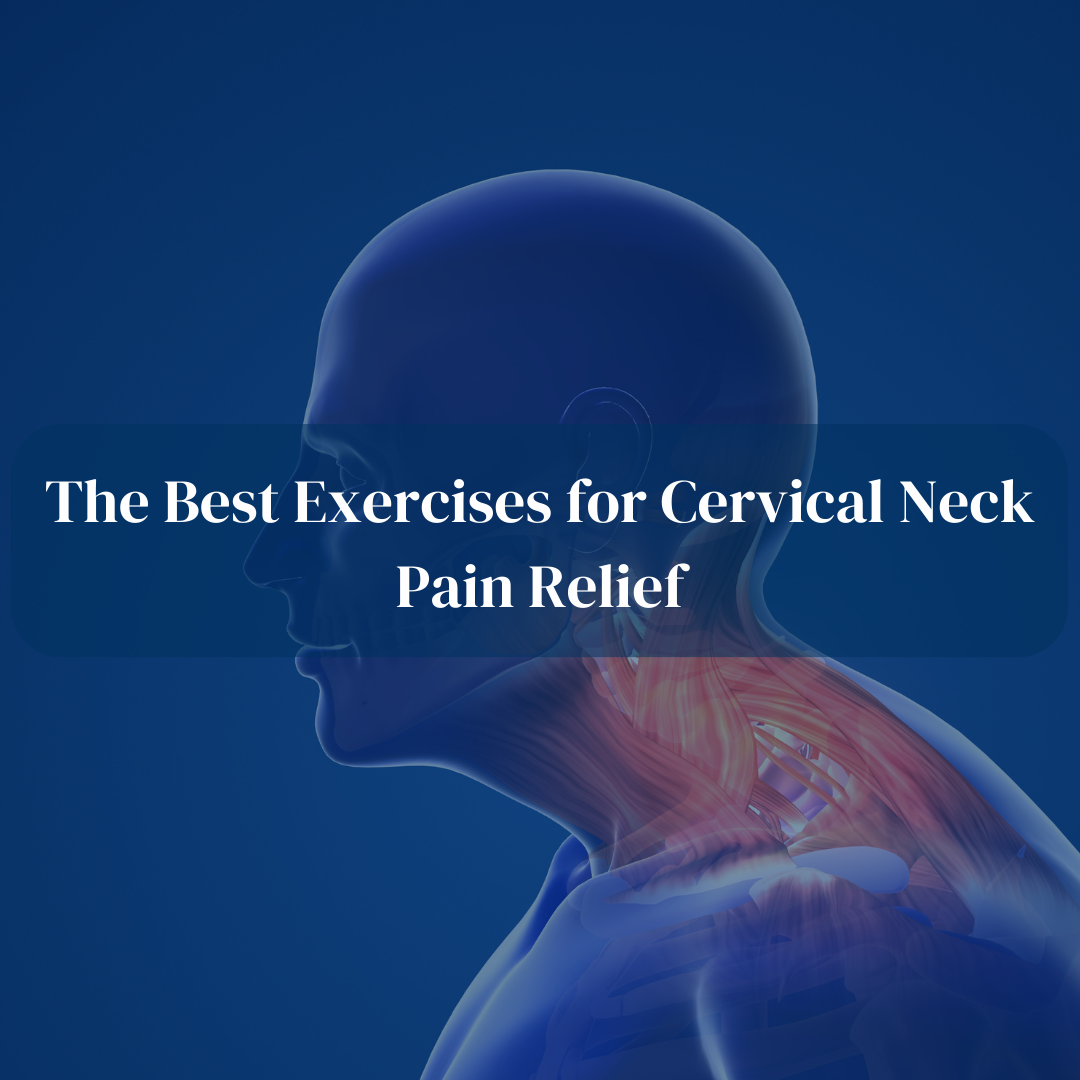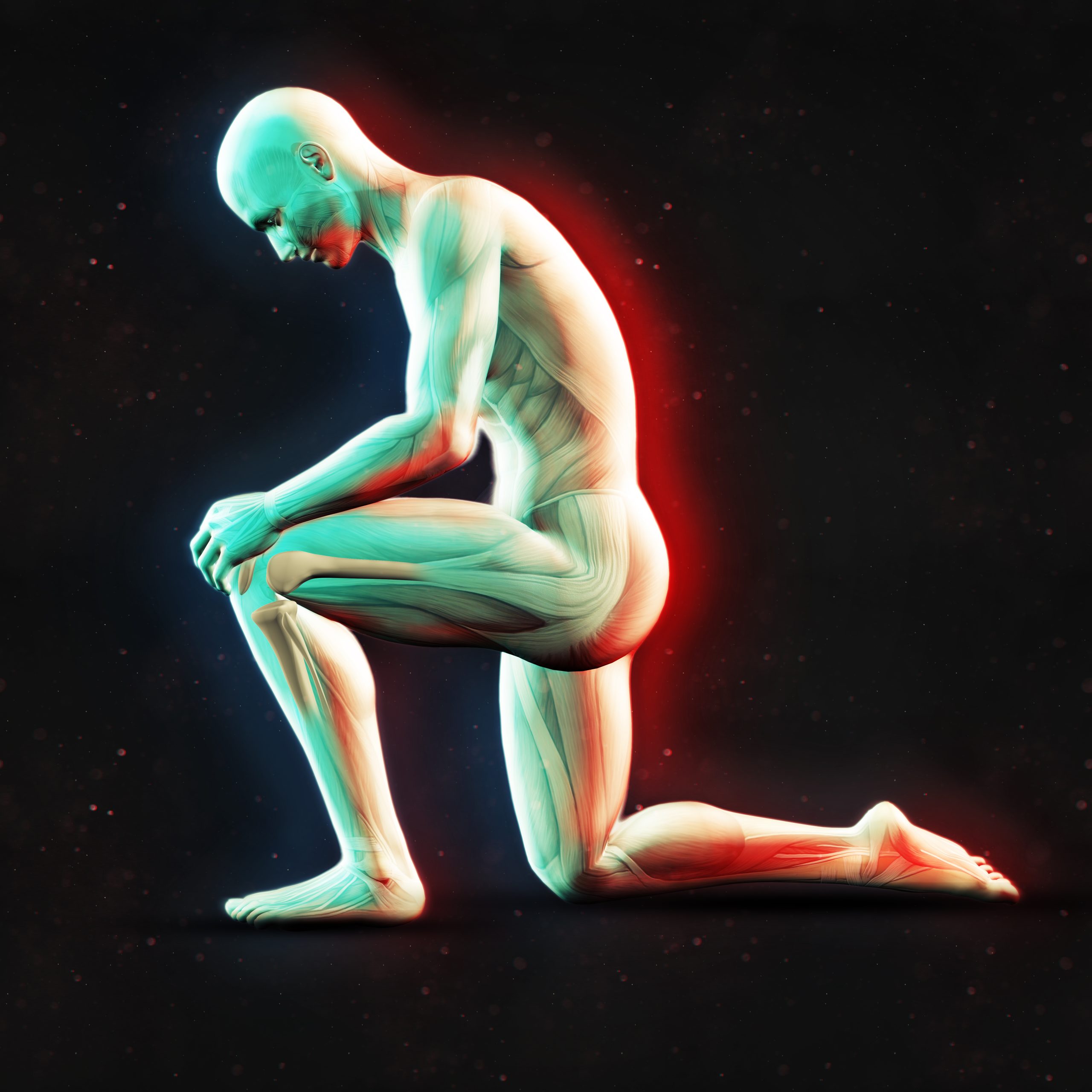Arthritis is a topic that touches the lives of millions worldwide. Whether you’ve experienced joint pain yourself or know someone who has, it’s essential to separate fact from fiction. In this comprehensive guide, we delve deep into the truths and misconceptions surrounding arthritis.
What Exactly is Arthritis?
Arthritis is a multifaceted medical condition characterized by inflammation of one or more joints in the body. It’s crucial to understand that arthritis is not a singular disease but a collective term encompassing over 100 distinct types, each with its unique causes, symptoms, and treatments. The primary hallmark is joint inflammation, leading to pain, stiffness, swelling, and reduced mobility. This condition can result from various factors, including age, genetics, autoimmune responses, injuries, infections, and lifestyle choices. Given its diverse nature, arthritis affects individuals across all age groups, from children to the elderly, making it a widespread health concern globally.
Myth: Only Older Adults Get Arthritis
One of the most prevailing misconceptions about arthritis is that it solely afflicts older adults. While aging does increase susceptibility due to wear and tear on joints over time, arthritis is not exclusively an age-related condition. Various forms of arthritis, such as Juvenile Arthritis, can manifest in children and teenagers. Additionally, factors like genetics, lifestyle choices, injuries, and underlying health conditions can contribute to arthritis development in younger individuals. It’s crucial to recognize that arthritis doesn’t discriminate based on age, emphasizing the importance of awareness and early intervention across all age groups.
Facts About Osteoarthritis
Osteoarthritis (OA) stands as the predominant type of arthritis, affecting millions worldwide. Unlike other forms that result from autoimmune responses, OA primarily arises from wear and tear on the joints over time. The condition specifically targets the cartilage, the cushioning material between bones. As this cartilage deteriorates, bones can rub against each other, causing pain, swelling, and reduced mobility. While aging remains a significant risk factor, joint injuries, obesity, and genetics also play pivotal roles in OA development. Although it commonly affects weight-bearing joints like knees and hips, OA can impact any joint, leading to chronic discomfort and functional limitations.
Myth: Cold Weather Causes Arthritis
One of the enduring misconceptions about arthritis is the notion that cold, damp weather directly causes flare-ups and exacerbates symptoms. While many individuals report increased joint pain during colder months, scientific studies haven’t conclusively proven a direct causative link between arthritis and weather conditions. It’s essential to differentiate between perceived discomfort due to temperature changes and genuine triggers of arthritis symptoms. Factors like barometric pressure shifts might influence some individuals, but attributing all arthritis flare-ups solely to cold weather oversimplifies the complex nature of this condition. Engaging with healthcare professionals and understanding individual triggers remains paramount for effective management.
Rheumatoid Arthritis: Understanding the Facts
Rheumatoid Arthritis (RA) is a chronic autoimmune condition where the immune system mistakenly attacks the body’s joints, leading to inflammation, pain, and potential joint damage. Unlike osteoarthritis, which primarily affects cartilage, RA targets the synovium—a lining of the membranes surrounding joints. This persistent inflammation can erode bone and cartilage, causing joint deformity and functional impairments. Symptoms often include swollen and tender joints, morning stiffness lasting more than an hour, fatigue, and systemic complications affecting organs like the heart and lungs. Early diagnosis through blood tests and imaging, coupled with timely intervention using disease-modifying antirheumatic drugs (DMARDs) and biologics, is crucial for managing RA and preserving joint integrity.
Myth: Arthritis is Just a Physical Condition
The misconception that it is solely a physical ailment overlooks its profound emotional and psychological impact. Beyond the tangible joint pain and inflammation, individuals grappling with it often face mental health challenges. Chronic pain can lead to feelings of isolation, depression, anxiety, and reduced self-worth. The daily struggles, such as limited mobility or dependence on others, can take a toll on one’s emotional well-being. Moreover, the constant need for medical interventions, potential side effects of medications, and societal misconceptions can further exacerbate emotional distress. Recognizing it as a multifaceted condition enables holistic care that addresses both physical symptoms and emotional needs.
Lifestyle Choices and Arthritis
Lifestyle choices profoundly influence arthritis management and overall well-being. Engaging in regular exercise, such as low-impact activities like swimming or walking, strengthens muscles around the joints, providing added support. Maintaining a healthy weight reduces stress on joints, particularly the knees and hips. A balanced diet rich in omega-3 fatty acids, antioxidants, and anti-inflammatory foods like fish, nuts, berries, and leafy greens can help combat inflammation. Additionally, prioritizing adequate sleep promotes tissue repair and reduces pain sensitivity. Lastly, incorporating stress-reduction techniques like meditation or deep-breathing exercises aids in managing stress and improving overall quality of life.
Myth: Cracking Your Knuckles Causes Arthritis
The myth that cracking your knuckles leads to arthritis has persisted for generations, causing unnecessary concern for many. In reality, the popping sound when knuckles crack is due to the bursting of tiny gas bubbles in the synovial fluid that lubricates joints. Several studies have delved into this phenomenon, consistently concluding that knuckle cracking does not increase the risk. While excessive knuckle cracking might irritate the surrounding ligaments or, in rare cases, lead to reduced grip strength over prolonged periods, it remains unrelated to arthritis development. Hence, one can rest assured that occasional knuckle cracking won’t pave the way for arthritis.
Treatment Options and Therapies
In the realm of arthritis treatment, a multifaceted approach is often adopted to address varying symptoms and individual needs. Medical interventions include nonsteroidal anti-inflammatory drugs (NSAIDs) to alleviate pain and inflammation, disease-modifying antirheumatic drugs (DMARDs) for conditions like rheumatoid arthritis, and corticosteroids for short-term relief. Physical therapy focuses on strengthening muscles around affected joints, enhancing flexibility, and improving overall mobility. Additionally, lifestyle modifications such as weight management, ergonomic adjustments, and joint protection techniques are pivotal. Alternative therapies like acupuncture, hydrotherapy, and massage offer complementary relief for some individuals. Ultimately, a tailored treatment plan, often combining multiple modalities, ensures optimal management.
Conclusion: Navigating the Truths and Myths
In the intricate landscape of arthritis, separating facts from misconceptions is paramount. By understanding its diverse forms, from osteoarthritis to rheumatoid arthritis, we empower ourselves to make informed decisions about prevention and treatment. Debunking prevalent myths, such as age exclusivity or weather-related triggers, dispels unnecessary fears and focuses attention on genuine concerns. Moreover, recognizing arthritis’s multifaceted impact—both physical and emotional—underscores the importance of comprehensive care. As we continue to educate ourselves and others, we cultivate a more empathetic and informed community. Together, armed with knowledge and compassion, we can redefine the narrative surrounding arthritis, championing holistic well-being for all.
Ready to explore your options for chiropractic and physiotherapy? Contact SwastyaPhysio today to schedule a consultation and discover the best path to your wellness journey. We’re here to support your health every step of the way.
Banaswadi | HBR layout | Kalyan Nagar | Kammanahalli | Horamavu | Hennur






